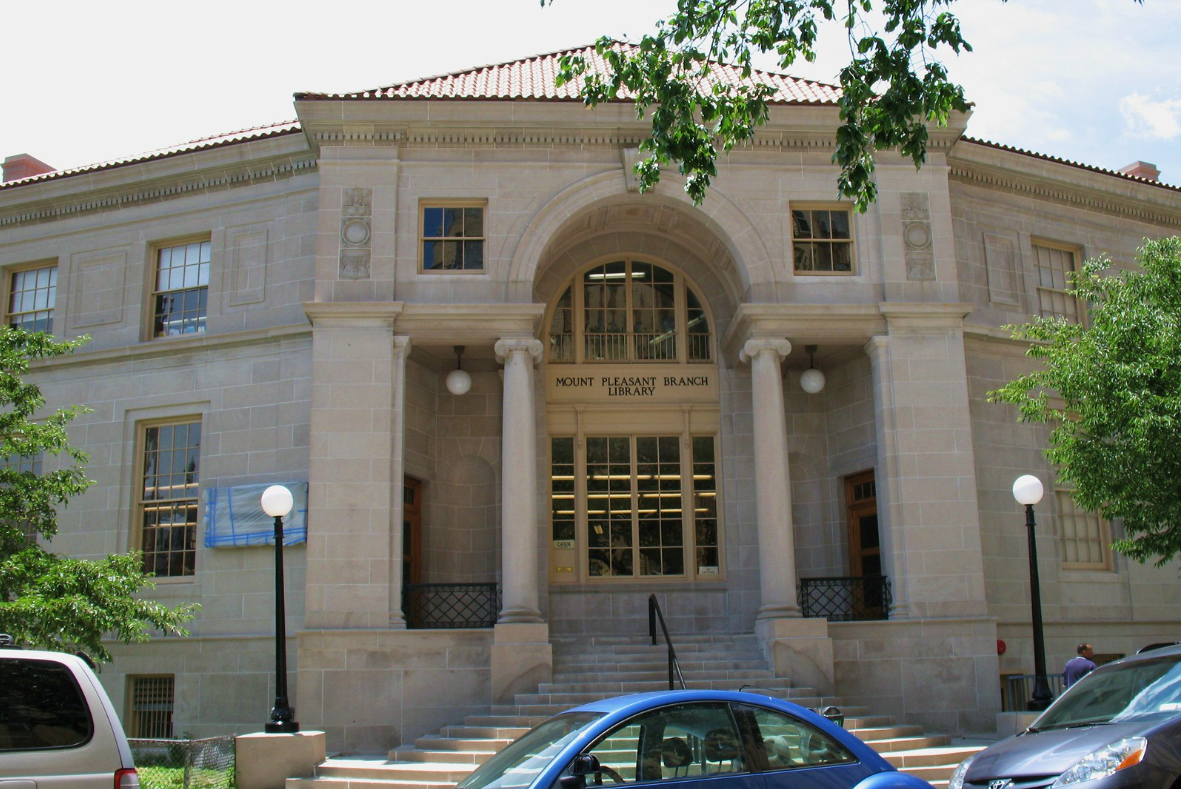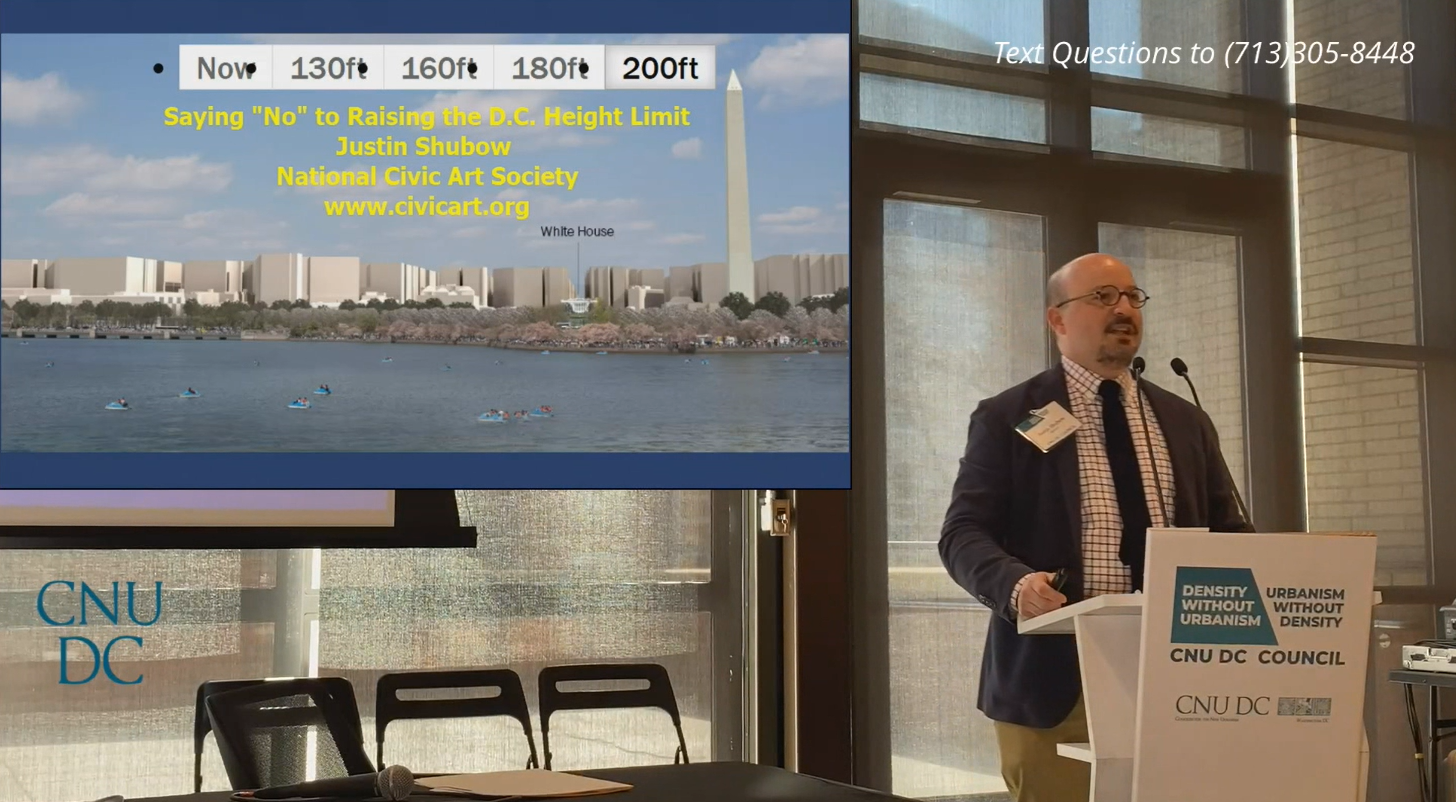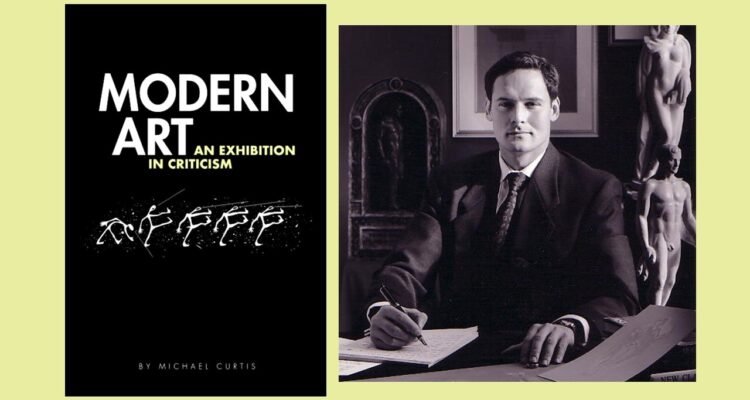The National Civic Art Society cordially invites you to take part in our 2022 walking tour series of architecture and public art in Washington, D.C. Local historian Jeanne Fogle will bring Washington’s past alive through stories of residents and government officials, the background of lesser known monuments, and insight into the city’s distinctive architectural development, both public and private.
About the tour guide: Jeanne Fogle is a Washington, D.C., historian who was born in the nation’s capital, where her family has lived for more than 150 years. She has authored three books on Washington, D.C.’s social and architectural history: Two Hundred Years: Stories of the Nation’s Capital, Proximity to Power, Neighbors to the Presidents Near Lafayette Square, and Washington, D.C., a Pictorial Celebration. Fogle serves as an adjunct professor of Washington History and Regional Tour Guiding and Tour Managing at NOVA. Her great-grandfather George F. W. Strieby was an accomplished fresco artist whose work adorns the U.S. Capitol.
Tours are limited to two hours in length and begin at 10:00am at the location indicated. The cost per tour is $10. NCAS members, students, interns, and Hill staffers may obtain free tickets by e-mailing info@civicart.org. If you have any questions, please e-mail info@civicart.org or call (202) 670-1776.
Tour 1. Embassy Row Architecture on Massachusetts Ave. – May 8, 10:00am-Noon
The Embassy Row architecture along Massachusetts Ave. evolved in the past century, when large diplomatic delegations came to Washington and began to occupy the city’s older magnificent mansions, originally commissioned by wealthy owners, designed by the leading architects of the day. Later, foreign governments built embassies near these grand mansions, respecting their grandeur, but adding a sense of utility. This tour will cover 2-3 miles.
Meet at the intersection of Massachusetts Ave. and 17th St. NW (SW corner / Peruvian Embassy).
Tour 2. 16th Street Architecture Above Florida Ave. – May 15, 10:00am-Noon
Sixteenth Street north of Florida Avenue offers a glimpse of diverse architectural styles reflecting many different uses and purposes of the structures from mansions built private residences or as Embassies, to early 19th century luxury apartment buildings, impressive churches, and a grand public Garden Park “fit for an Aristocrat.” This tour will cover 2-3 miles.
Meet at the intersection of 16th St. and Florida Ave. NW (NW corner / Henderson Castle Wall).
Tour 3. Monumental Architecture of Capitol Hill – May 22, 10:00am-Noon
The monumental buildings of Capitol Hill form a unique cluster Federal and privately built structures of diverse architectural styles that include the marble-clad congressional and judiciary office buildings, federal and private library buildings, and the Roman-inspired train station and neoclassical post office. Many of the buildings are adorned with wonderful sculptures and works of art. This tour will cover 2-3 miles.
Meet at the U.S. Botanic Gardens (Maryland Ave. SW side).
Tour 4. Apartment Architecture of the Kalorama Triangle – June 12, 10:00am-Noon
The Kalorama Triangle neighborhood boasts of some of the finest apartment buildings in Washington, designed by the best-known architects of the time. There are also a number of eye-catching apartment buildings built for those of more modest means. Together, these grand residential buildings showcase imaginative architectural styles to accommodate a diverse population. This tour will cover about 2 miles.
Meet at the intersection of Connecticut Ave. NW and Columbia Rd. NW (above the Hilton hotel)
Tour 5. Outdoor Sculpture West of the U.S. Capitol – June 19, 10:000am-Noon
A multitude of unusual sculptural art fills nearly every large and small park and adorns many buildings within a mile radius of the west front of the Capitol. There are presidential memorials, military memorials, classical and art deco relief sculptures, and a multitude of monuments to commemorate major and minor historical figures and events. This tour will cover about 2-3 miles.
Meet at the intersection of First St. SW and Maryland Ave. SW (near the Garfield Statue).
































